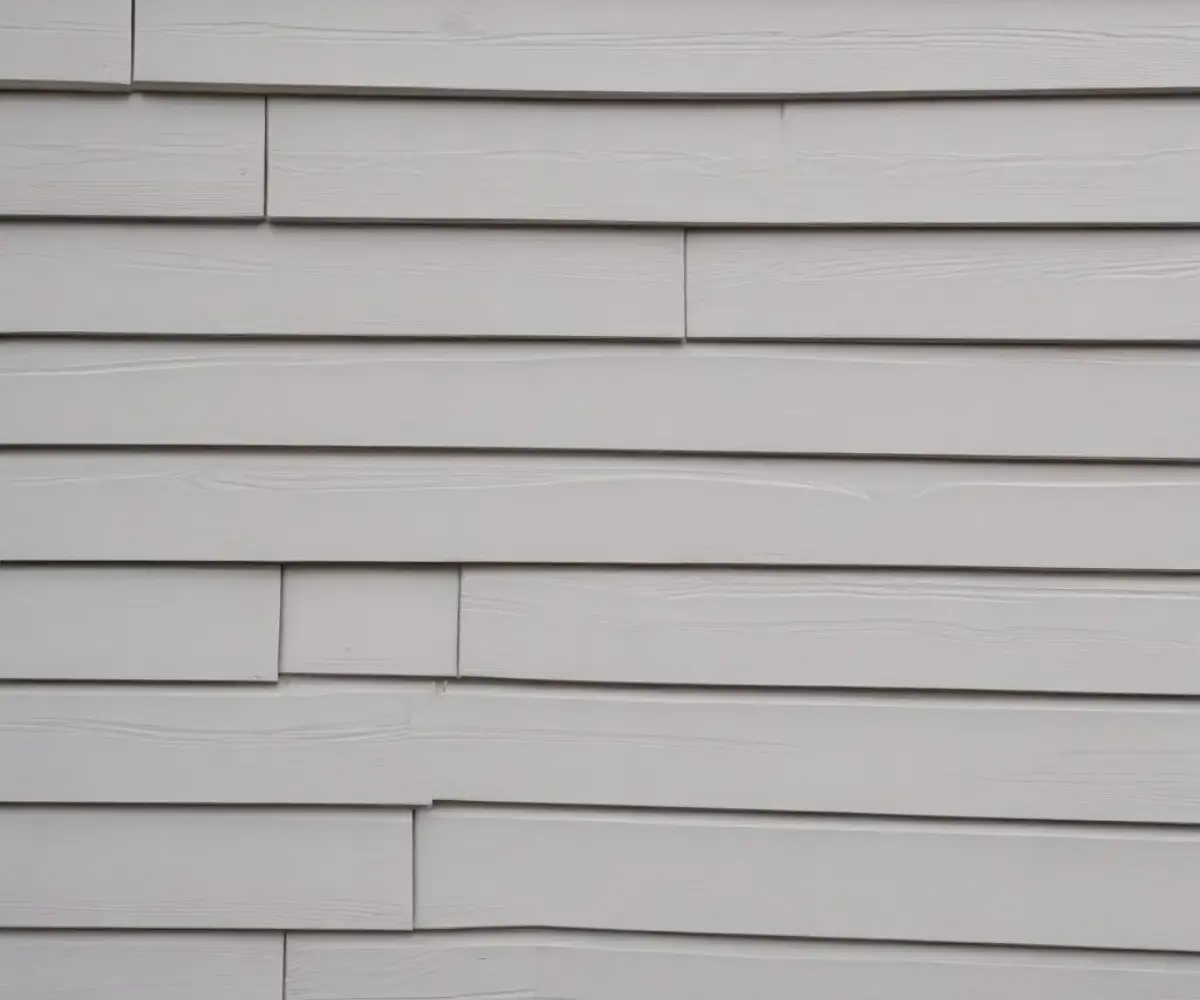Vinyl Siding Code Lookup: The Hidden Rules You Can’t Ignore
You’ve chosen durable, low-maintenance vinyl siding for your home. The installation seems straightforward, but a hidden layer of complexity exists that many homeowners and even some contractors overlook: building codes. Installing siding incorrectly isn’t just an aesthetic issue; it can lead to failed inspections, voided warranties, and costly water damage down the line. The term “code lookup” actually has two critical meanings for any siding project: adhering to local building codes and identifying manufacturer product codes for a perfect match.
Ignoring these codes can turn your dream exterior project into a frustrating and expensive nightmare. Understanding and following these regulations is the single most important step to ensure your siding is safe, compliant, and durable. This guide will demystify the process, showing you exactly how to find and apply the codes relevant to your project.
You'll Learn About
Why Your Siding Has a “Secret” Code to Follow
Think of building codes as a set of minimum standards designed to protect you and your investment. These rules, often based on the International Residential Code (IRC), ensure that your home’s exterior can withstand wind, rain, and other environmental stressors. They dictate everything from the type of fasteners you must use to how much space you need between the siding and the ground.
While the IRC provides a national baseline, your local municipality has the final say. They can adopt the IRC wholesale or amend it with stricter requirements based on regional climate concerns, like hurricane-force winds or heavy snowfall. This is why a local vinyl siding code lookup is a non-negotiable first step before a single panel is installed.
Decoding the Two Types of Vinyl Siding “Codes”
Successfully navigating your siding project requires understanding two distinct types of “codes.” One is a legal requirement, while the other is essential for maintenance and repairs. Both are critical for a successful, long-lasting installation.
Building Codes: The Legal Mandates for Installation
Building codes are the enforceable regulations that govern how vinyl siding must be installed. These rules are not mere suggestions. Failure to comply can result in your municipality forcing you to remove all the work and start over, a financially devastating outcome.
Key areas covered by building codes include fastener specifications, clearance requirements, and weather resistance. For example, the code will specify the minimum length of nails and that they must penetrate a solid substrate like framing or sheathing by a certain depth. It also mandates specific clearances, such as a minimum of 6 inches from the ground to prevent moisture damage and termite infestation.
Manufacturer Codes: Identifying Your Siding for Repairs and Warranty
The second type of code is the manufacturer’s product code. This is typically a series of numbers and letters stamped on the back of the siding panel or found on the original packaging. This code is your key to identifying the exact product line, color, and manufacturing batch of your siding.
Why is this important? If a few panels get damaged years after installation, you’ll need this code to find an exact match for a seamless repair. Without it, you might be left with a mismatched patch that detracts from your home’s curb appeal. This code is also often required for warranty claims, proving you purchased a specific product.
Your Step-by-Step Guide to a Vinyl Siding Code Lookup
Now that you understand the “what” and “why,” it’s time for the “how.” Finding the correct codes requires a little detective work, but it’s a straightforward process if you know where to look. Breaking it down into two distinct searches—one for legal requirements and one for product identification—makes the task manageable.
Finding Local Building Codes
Your journey to compliance begins at the local level. Since building codes can vary significantly from one town to the next, you must find the specific rules for your jurisdiction. A great starting point is your local building department’s website, which often has a searchable database of its adopted codes.
If you’re having trouble online, don’t hesitate to call the department directly. Speaking with an inspector can provide clarity and answer any specific questions you may have. Remember to also consult the manufacturer’s installation instructions, as these are often referenced directly in the building code and must be followed precisely.

Finding Manufacturer Product Codes
If you’re trying to match existing siding, finding the manufacturer code is essential. The first place to look is on any leftover siding panels from the original installation. The code is often printed on the nailing hem or the back of the panel.
If you don’t have spare pieces, you may need to carefully remove a panel from an inconspicuous area of your house. Using a zip tool, you can unlock a panel to check its reverse side for stamped information. This might include the manufacturer’s name, the product line, and a color code, which are vital for sourcing a match.
The High Cost of Ignoring Siding Codes
Cutting corners on code compliance is a gamble that rarely pays off. An improper installation can lead to a host of serious problems that are far more expensive to fix than doing the job right the first time. Warping, buckling, and rippling panels are common signs of incorrect fastening, which violates most building codes.
Water intrusion is the most significant risk. Codes mandate specific flashing and clearance gaps to direct water away from your home’s structure. Ignoring these can lead to rot, mold, and severe structural damage. Furthermore, if a storm causes damage, your homeowner’s insurance may deny the claim if the siding was not installed to code, leaving you to foot the entire bill for repairs, such as when you need to reattach siding that blew off.
Special Considerations: Wind Zones, Fire Ratings, and More
Beyond the standard installation rules, building codes often include provisions for specific environmental challenges. These special considerations are crucial for ensuring the safety and longevity of your siding in areas prone to extreme weather or other hazards. They represent a higher standard of care that protects your home against specific, foreseeable risks.
High-Wind Zone Requirements
If you live in a coastal area or a region known for high winds, your local codes will have stricter requirements for siding installation. These often mandate a more robust nailing pattern, with fasteners spaced closer together to increase wind resistance. The code might also specify siding with a higher wind-load rating, designed to withstand powerful gusts without detaching from the wall.
Ignoring these high-wind provisions can have catastrophic consequences. During a major storm, improperly secured siding can be torn from the house, exposing the underlying structure to wind and rain. This not only leads to expensive repairs but can also compromise the structural integrity of your home.
| Code Requirement (Based on IRC) | Common Specification | Reason for Code |
|---|---|---|
| Fastener Type | Corrosion-resistant nails (e.g., galvanized roofing nails) with a minimum 3/8″ head. | Prevents rust and ensures the fastener head doesn’t pull through the nailing slot. |
| Fastener Penetration | Must penetrate a minimum of 1 1/4″ into framing or sheathing combined. | Ensures a secure attachment that can resist wind uplift and impact forces. |
| Nailing Technique | Nails must be centered in the slot and left 1/32″ loose (about the thickness of a dime). | Allows for the natural expansion and contraction of vinyl with temperature changes, preventing buckling and warping. |
| Ground Clearance | A minimum of 6 inches from the ground or grade. | Prevents moisture wicking from the ground into the wall structure and protects against termites. |
| Roof Clearance | A minimum of 1/2 inch clearance from roof shingles. | Allows water to drain freely and prevents moisture from being trapped against the wall. |
| Horizontal Overlaps | Panels must overlap by at least 1 inch. | Creates a weather-tight seal that prevents wind-driven rain from getting behind the panels. |
Fire-Resistance Ratings
In areas at high risk for wildfires, known as the Wildland-Urban Interface (WUI), building codes often mandate the use of siding with a specific fire-resistance rating. Vinyl siding used in these zones must meet certain flame spread index requirements to help slow the spread of fire from one building to another.
These codes are a critical life-safety measure. Using compliant, fire-rated siding can provide precious extra minutes for evacuation during a wildfire and may be the difference between a damaged home and a total loss. Always verify the specific WUI code requirements with your local fire marshal or building department.
Attaching Fixtures and Code Compliance
Drilling holes through your siding to mount lights, railings, or other fixtures must also be done in a code-compliant manner. Simply driving a screw through a vinyl panel is a recipe for disaster. This practice can cause the panel to crack and creates a direct path for water to enter the wall cavity.
Codes often require the use of special mounting blocks that are installed directly to the sheathing. These blocks create a stable, waterproof surface for attaching fixtures. This is especially important for heavy items, which is why it is critical to understand how to properly install an awning on vinyl siding to avoid both safety hazards and code violations. One of the most common mistakes, improper use of accessories like J-channels, can also lead to code issues and is a topic worth exploring further, as detailed in why you should stop using J-channel at the bottom of siding.
Beyond the Code: Ensuring a Quality Installation
Following the building code is the absolute minimum requirement for a successful siding project. While the code ensures a safe and compliant installation, true quality and longevity come from going beyond these basic standards. A skilled installer will not only meet the code but will also pay close attention to the small details that result in a beautiful and durable finish.
This includes ensuring that all panels are level, joints are staggered properly for a pleasing aesthetic, and all trim pieces are cut and fitted with precision. Ultimately, the best way to protect your investment is to hire a reputable, experienced contractor who understands both the letter of the law and the craft of a high-quality installation. They will ensure your home is not only code-compliant but also a source of pride for years to come.

